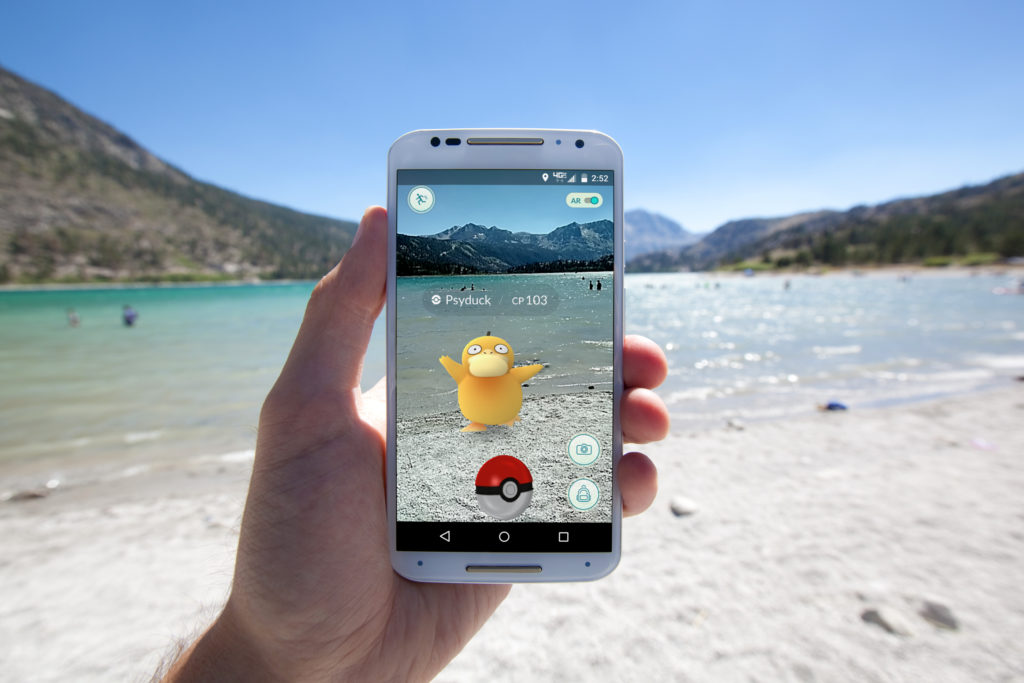Google Glass didn’t take off, but the seeds for the augmented reality revolution have already been laid.
When it comes right down to it, augmented reality is any system or set of systems that alters or enhances your interaction with the world. Driven by a kind of frustration with our biological limits, a persistent quest for efficiency, and, at times, a kind of why-not whimsy, augmented reality is without a doubt one of the next great fields of human enterprise. By building robust and effective augmented reality systems, we could extend our perceptions beyond human limits and enhance our reality, sharpening the real, and enriching our worlds with a touch of fantasy.
Google Glass was supposed to be the first of these products, the flagship for a new wave of augmented reality gadgets and gizmos. Buoyed by the formidable social and financial capital of Google, it seemed unstoppable. But in 2015, Google withdrew Glass from the market, halting its public testing program and promising a triumphant return.
Yet augmented reality was far from dead. In July of 2016, a new player entered the scene, igniting a firestorm of interest (and obsession) in augmented reality: Niantic.
A relatively small company that began life under the Google umbrella, Niantic’s release of Pokemon Go changed everything, proving that augmented reality could be successful: since the app’s release, it has been downloaded more than 500 million times.
So what’s the deal? Do people want augmented reality or not? Why did Google Glass struggle and Pokemon Go succeed?
Well, a lot of that’s due to factors beyond the purview of this article, but one of the most significant reasons has to do with buy-in. Simply put, Google Glass is another device to keep track of and charge; Pokemon Go is an app. Glass also cost fifteen hundred dollars, while Pokemon Go is free.
In some ways, that makes any comparison between the two somewhat unfair. However, the fall of Google Glass led many to claim that the market for augmented reality was non-existent, or, at best, hadn’t yet emerged; it was a product in search of an audience.
The success of Pokemon Go proves that augmented reality itself isn’t the problem; the market is there. People were (and still are) completely enamored with the way that Pokemon Go integrated itself into the real world, with landmarks existing simultaneously in the physical and digital realms, and with the “presence” of digital creatures in their homes.
One of the most important aspects of that success was a simple realization: people have been using augmented reality for quite some time now. Every time a user checks their location on a GPS, every time they search an unfamiliar word or phrase, every time they take a picture, that user is experiencing an augmented version of reality. The systems they set up and employ through their smartphones are altering their experience of the world, making their lives easier and literally changing the ways in which they live.
Niantic capitalized on this realization. What Google failed to realize is that for the moment, consumers are simply too wedded to their smartphones to seek new devices. Why bother buying a set of high-tech, expensive glasses when your phone has the same or even enhanced, functionality?
Perhaps one day the paradigm will shift and augmented reality will advance in a new direction. For the moment, however, the field is ripe for the appearance of a new contender. The market is there. Now someone just needs to stock the shelves.


You must be logged in to post a comment.